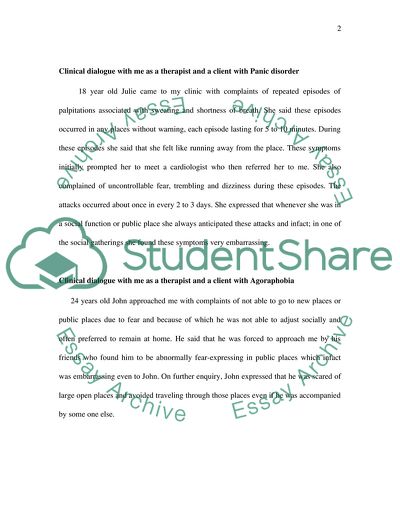Cite this document
(Current Issues in Dissociative Identity Disorder Assignment, n.d.)
Current Issues in Dissociative Identity Disorder Assignment. Retrieved from https://studentshare.org/health-sciences-medicine/1710219-psychology-disorders
Current Issues in Dissociative Identity Disorder Assignment. Retrieved from https://studentshare.org/health-sciences-medicine/1710219-psychology-disorders
(Current Issues in Dissociative Identity Disorder Assignment)
Current Issues in Dissociative Identity Disorder Assignment. https://studentshare.org/health-sciences-medicine/1710219-psychology-disorders.
Current Issues in Dissociative Identity Disorder Assignment. https://studentshare.org/health-sciences-medicine/1710219-psychology-disorders.
“Current Issues in Dissociative Identity Disorder Assignment”. https://studentshare.org/health-sciences-medicine/1710219-psychology-disorders.


